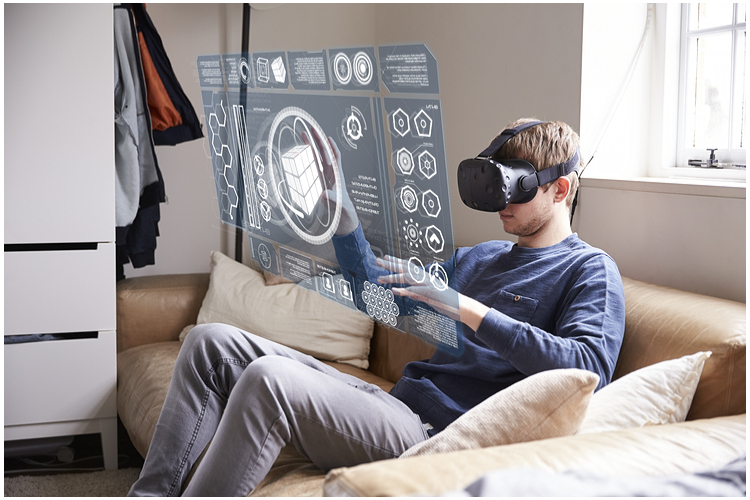
Photo Credit: shutterstock
Of all the major social media companies, Facebook is the clear leader in thinking about the ways that innovations in virtual reality (VR) will impact the future of social networking. That’s not really a surprise, given Facebook’s earlier $2 billion acquisition of Oculus, considered one of the market leaders in the VR space.
At this year’s Oculus Connect developer conference, for example, Facebook announced that it was earmarking $250 million in R&D for VR and ramping up efforts to build out the future of what it refers to as “social VR.” Moreover, the company began to demonstrate how Facebook users might be able to create “parties” and “rooms” where friends can gather in the virtual world.
All of which leads to an interesting question: Where is the future of social VR headed? Here are three possible scenarios.
Real-world activities in the virtual world
This scenario is probably the easiest to wrap your head around: it involves taking any activities you might do in the real world, and instead, doing them in the virtual world. Imagine, for example, that you live in Philadelphia but you have a friend in Los Angeles. Both of you enjoy playing chess, but since you’re in different cities, you can’t play each other in real life. That’s when you’d fire up your Facebook account, send a quick message via Facebook Messenger, and invite your friend to play chess in a virtual world, where each of you would be represented by a virtual avatar.
Premium live events
There’s been so much attention dedicated to live video streaming in the social media world, that the next possible iteration might be live “VR streaming” events that take place in the virtual world. For example, NBC Universal is reportedly working on a hybrid TV/VR experience in which fans of a show would be able to watch a live premiere, and then hang out with cast and crew members afterwards. Imagine, for example, a fan in San Francisco being able to attend a virtual taping of “Saturday Night Live” in New York, and then hang out with an avatar of Alec Baldwin after the show.
User-created VR experiences
This is perhaps the most creative scenario. It would involve users creating their own content and their own virtual worlds. Imagine, for example, a group of fans creating a VR version of a world from a popular science fiction film (say, “Star Wars”). Those fans might then create a Facebook fan page for that virtual world. And, instead of hitting the “Facebook Live” button within Facebook, users might be able to hit a “VR Live” button that would enable them to enter that virtual world.
That last scenario might sound completely insane except for one fact – in October, Facebook hired a top manager from Electronic Arts’ “The Sims” to head up its own social VR initiative. So, combine the immersive online experience of “The Sims” with Facebook, and you get an idea of where social VR could be headed.
At the outset, it appears that big entertainment and gaming companies will take the lead in designing VR worlds. But since virtual reality can be a social experience, there’s no reason why the world’s top social networks can’t play a role in determining the future of social VR as well.